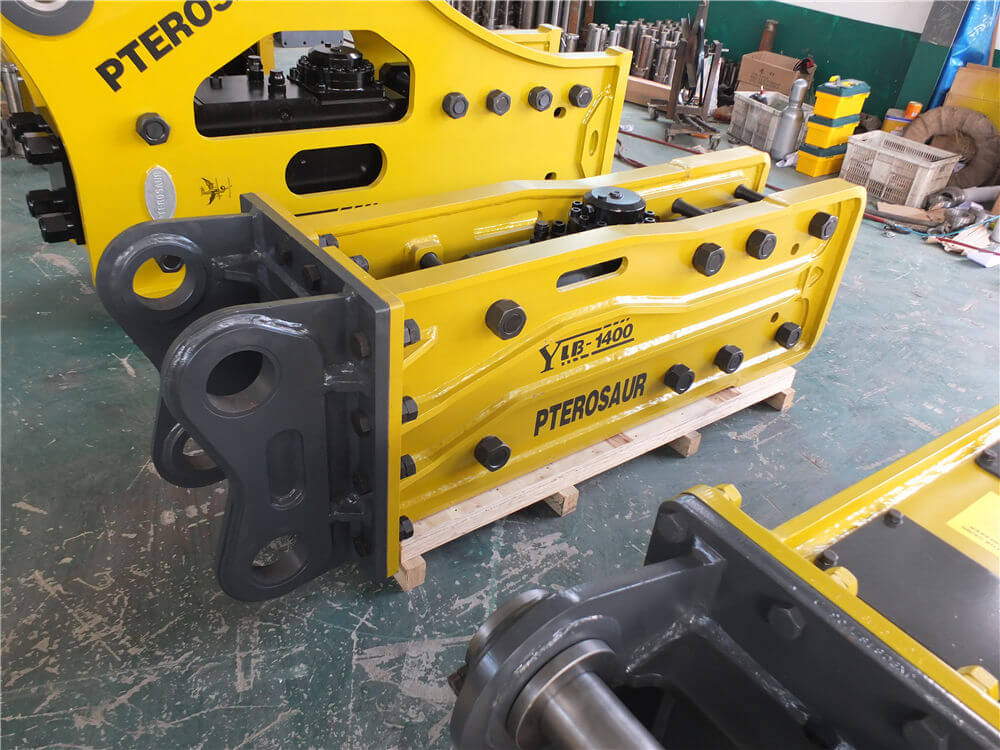Types of Hydraulic Breakers and Their Applications
Hydraulic breakers are powerful tools that play a crucial role in construction, demolition, and mining. They utilize hydraulic power to deliver a substantial impact force, making them ideal for breaking down hard materials such as concrete and asphalt. Understanding the different types of hydraulic breakers and their specific applications is essential for choosing the right tool for your project.
1. Types of Hydraulic Breakers
a. Pneumatic Breakers
Pneumatic breakers utilize compressed air to generate impact force. They are lightweight and ideal for smaller tasks, such as breaking up pavement or small concrete structures. Their portability makes them a favorite among contractors working on road repairs or minor demolition projects.
b. Electric Breakers
Electric hydraulic breakers are powered by electricity and are renowned for their quiet operation. They are suitable for indoor use or areas where noise is a concern. These breakers are often used in residential projects and for interior demolition.
c. Hydraulic Breakers
These are the most robust and versatile types of breakers, often mounted on excavators or backhoes. Hydraulic breakers are designed to handle larger jobs, such as extensive demolition or quarrying applications. Their ability to deliver high impact force makes them suitable for breaking through thick concrete and rock.
2. Applications of Hydraulic Breakers
Hydraulic breakers are employed in various scenarios:
a. Construction
In the construction industry, hydraulic breakers are essential for breaking up old foundations, removing pavement, and performing site preparation. Their efficiency speeds up the construction process and reduces labor costs.
b. Demolition
During demolition projects, hydraulic breakers facilitate the dismantling of buildings and structures. They can effectively break down walls, ceilings, and other structural components, allowing for a cleaner and safer demolition process.
c. Mining
In mining, hydraulic breakers are used to break rock and ore, making it easier to extract valuable minerals. They are often used in conjunction with drilling equipment to enhance productivity and efficiency in mining operations.
3. Precision Control in Hydraulic Breakers
The cylinder body and piston are the core components of hydraulic breakers. They are responsible for converting hydraulic power into mechanical impact force. Precision control in machining these components is crucial for ensuring optimal performance. High-quality manufacturing processes ensure that the breakers operate efficiently and have a longer lifespan.
4. Maintenance and Safety
To ensure the longevity and efficiency of hydraulic breakers, regular maintenance is essential. Operators should adhere to the guidelines specified in the user manual, including checking hydraulic fluid levels, inspecting seals and hoses, and ensuring all components are functioning correctly. Proper maintenance not only enhances performance but also increases safety on the job site.
Conclusion
Choosing the right hydraulic breaker for your project requires an understanding of the various types available and their specific applications. Whether you need a lightweight pneumatic breaker for minor repairs or a powerful hydraulic breaker for extensive demolition, selecting the appropriate tool is key. With proper maintenance and operational guidelines, hydraulic breakers can significantly enhance productivity in construction, demolition, and mining tasks.



































